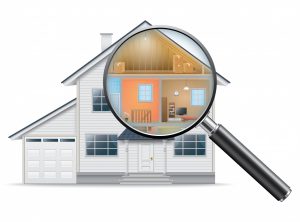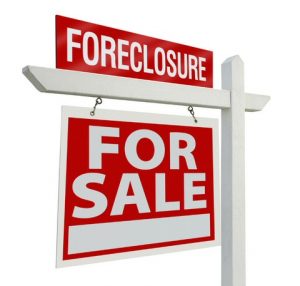The Right Paints, Finishes and Tricks to Make Your Home Look Larger
If you’re thinking about putting your home on the market, you want to spruce it up as much as possible for buyer appeal. If your property is relatively small, it makes no sense to spend money adding on to it prior to a sale – and in many cases that’s not a possibility – but by using the right paints and finishes, you can make a small space appear much larger. A few optical tricks allow potential buyers to think the home is larger than the square footage indicates.
Stretch Ceilings
A stretch ceiling gives a room an almost magical appearance. What’s a stretch ceiling? It’s a membrane using natural or manmade light sources to create a luminous, spacious effect. Although products such as Extenzo stress the ceiling, the material is useful for partitions and other items useful for fostering a desired ambiance. Easily change the intensity, light color and even size of the ceiling, as the material is designed for fast transformation.
Bright Colors
A good coat of paint prior to listing your home makes rooms look neat and clean, but color choice can make a space look smaller or larger. It’s always best to use neutral colors when painting for resale, but using light, bright shades with trim and moldings painted in a lighter tone. For example, you might paint your living room off-white, with white trimmings. The lighter trim makes the walls appear set back – and the room looks larger. Whatever you do, brighten any dark-colored rooms. Dark hues make a room look smaller.
Trompe L’oeil
Literally, trompe l’oeil means “fool the eye” in French. Using trompe l’oeil methods to make your home look larger doesn’t cost much and really works. Mirrors and lighting are the key. Purchase large mirrors and place them where they naturally reflect light back into the room. Visitors should encounter the mirrors as soon as they enter the room, and their first impression is of a much larger sized area than it actually is.
You’re probably more familiar with trompe l’oeil as murals or other wall art. If the wall covering sends the viewers eye into the far distance, the optical illusion reflects on the room.
If a room receives lots of natural sunlight, keep the curtains or shades open and let that light flood into the space. For rooms not blessed with good exposures, artificial light will fill the bill. Make sure there’s soft lighting in every corner – dark corners equal a cramped appearance. It’s also crucial to keep the house at a comfortable temperature. That may not seem to have anything to do with size, but it does. An overheated room or house without sufficient air flow may make a potential buyer think the place is smaller.
Contact Us
If you’re looking to buy or sell a home, call Island Realty Group, LLC today at (808) 689-7407. We’ll help you sell your current house and find you the house of your dreams.
April 19, 2017










